Chestnut brown and black can shine. This subtle combination can give a bird a striking look, making it conspicuous in the world of birds. Sometimes, there is no need to be colorful to be noticed. Let’s admire beautiful pictures of the chestnut munia below to know why!
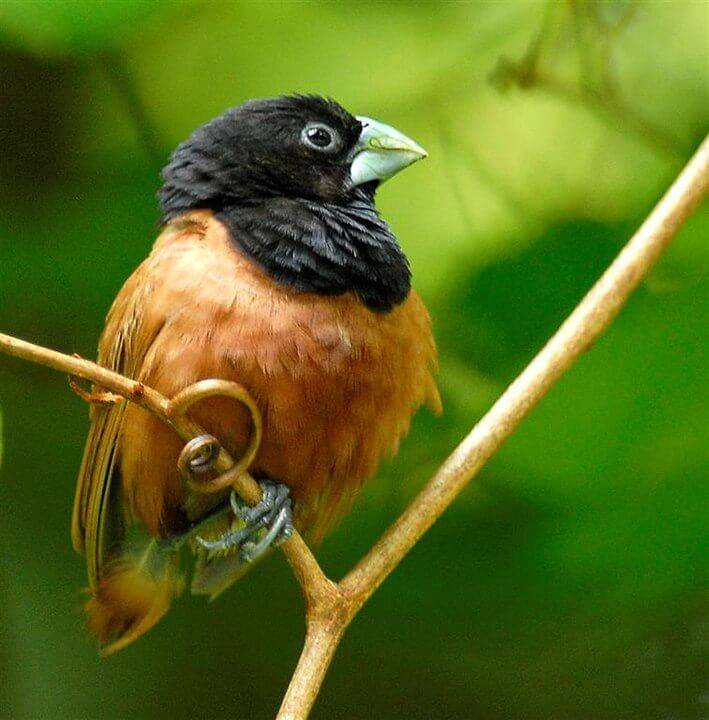 Image Credits: Johnny Wee – https://www.flickr.com/photos/64684201@N00/229028185/ / CC BY 2.0
Image Credits: Johnny Wee – https://www.flickr.com/photos/64684201@N00/229028185/ / CC BY 2.0
The chestnut munia (Lonchura atricapilla) is also called the black-headed munia. It’s a small passerine bird that is only 11-13cm in length. However, the plumage of this species can make a name for itself.
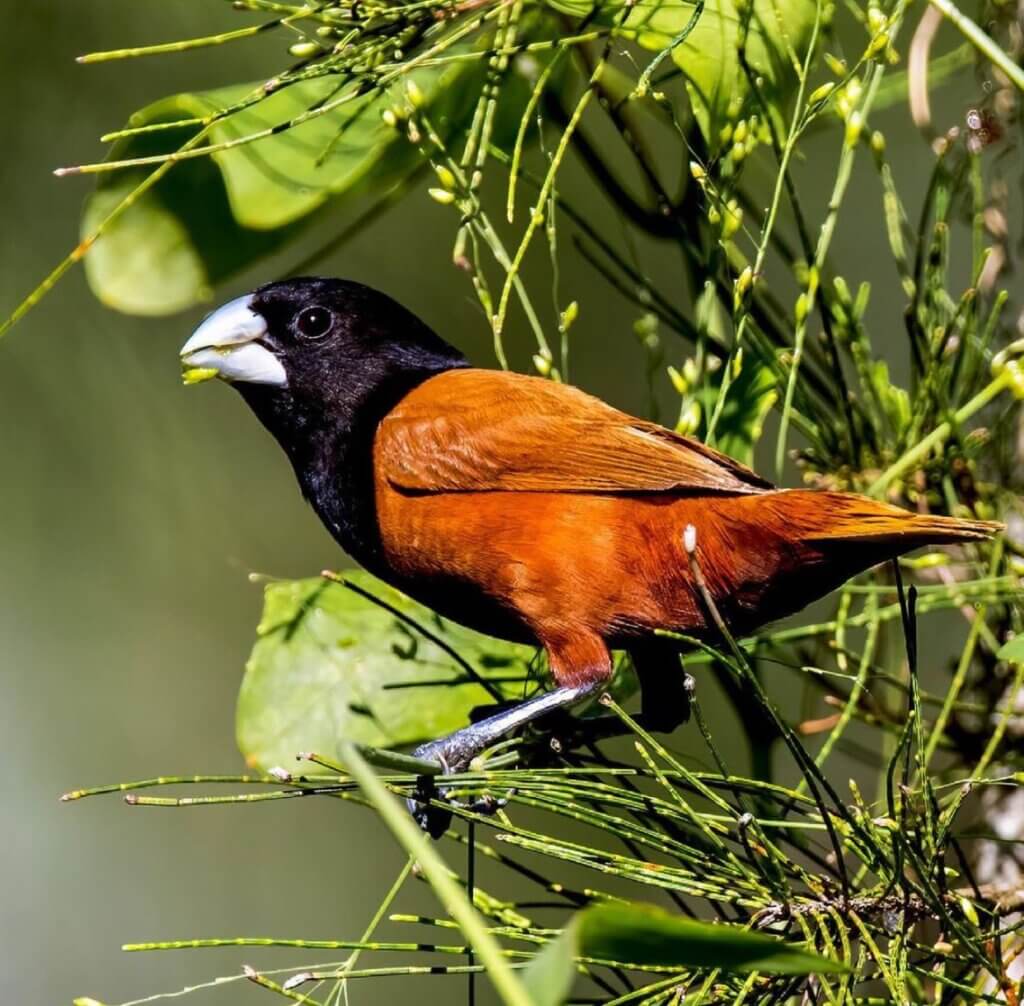 Image Credits: Instagram/opzjon
Image Credits: Instagram/opzjon
This bird is beautifully covered in chestnut brown that turns rufous red at the rump. Meanwhile, the face, head, and throat are midnight black, creating a stunning contrast on its suit. Both sexes have this coat.
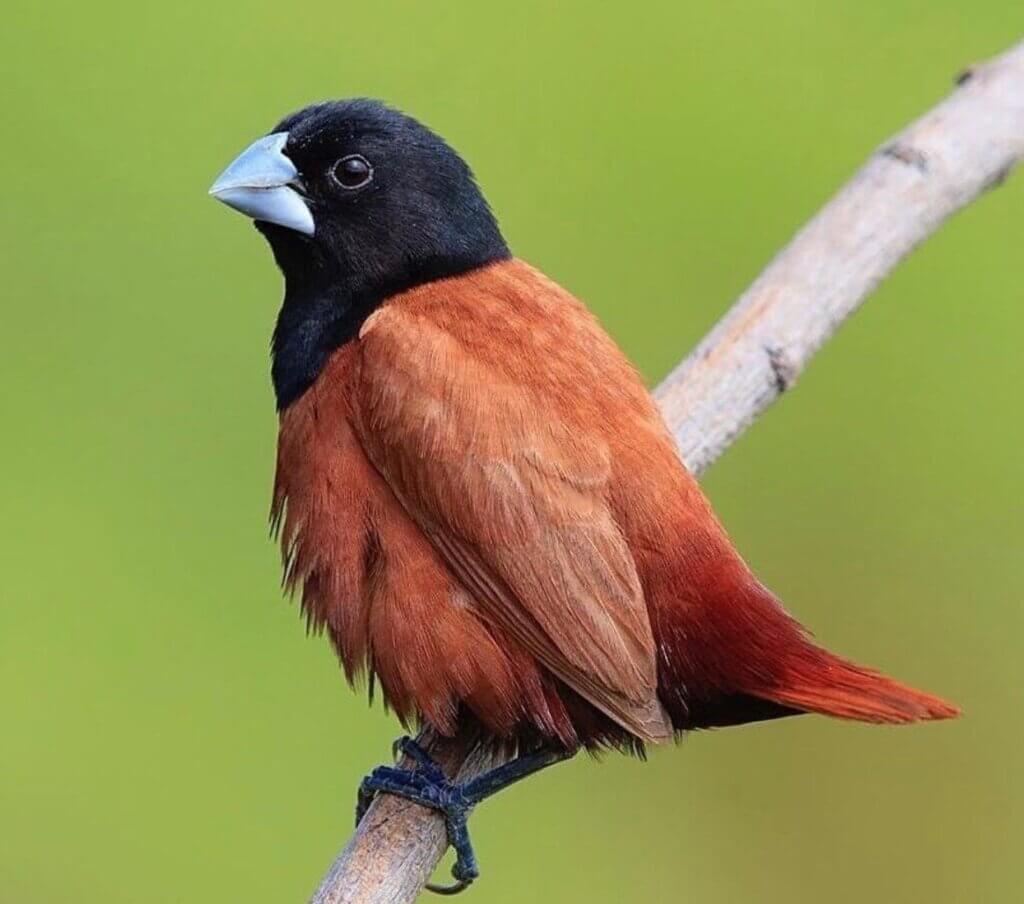 Image Credits: Instagram/your_best_birds
Image Credits: Instagram/your_best_birds
Unlike adults of the black-headed munia, the females are paler and lack the black hue on their heads.
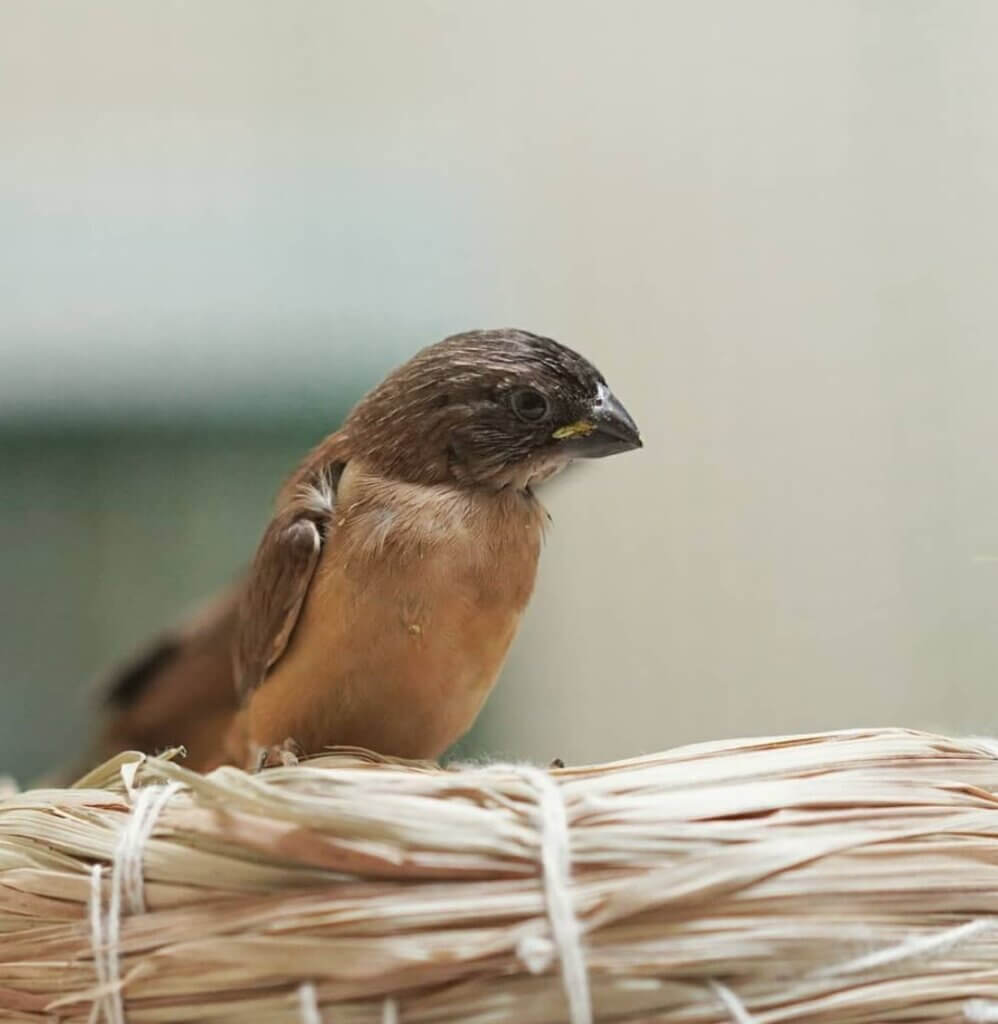 Image Credits: Instagram/yuuko2696
Image Credits: Instagram/yuuko2696
You can watch the video of this bird below!
This species has a large range. They distribute in Bangladesh, Brunei, Cambodia, and China, as well as many other parts of Southeast Asia. They can also be found in the Greater Antilles and Martinique.
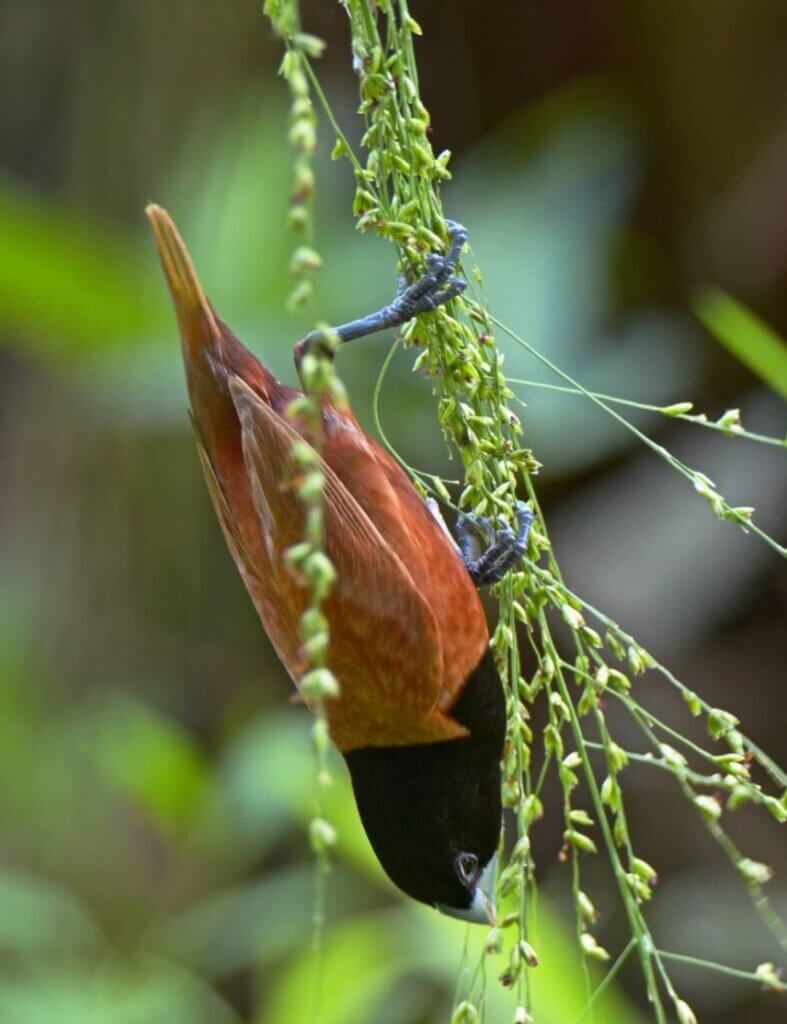 Image Credits: Instagram/benny.tan.72
Image Credits: Instagram/benny.tan.72
Thanks to the large scale, the population of the chestnut munia are stable.
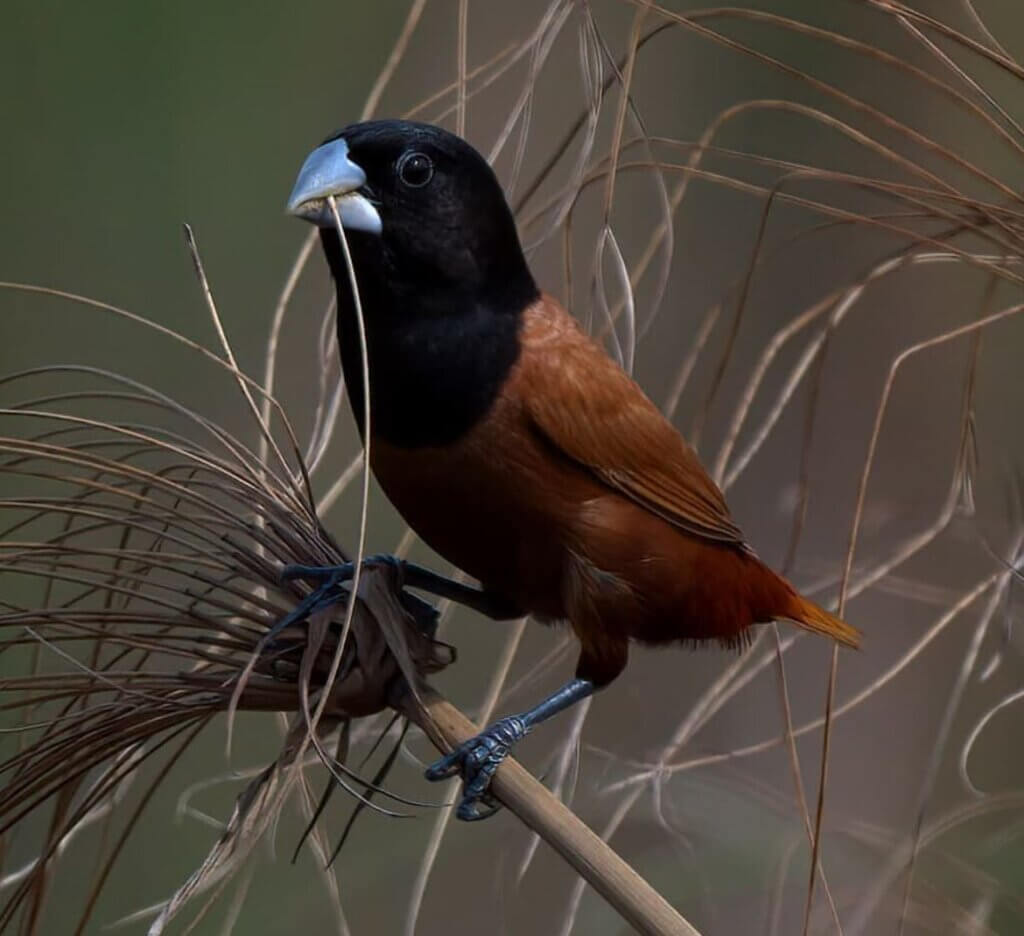 Image Credits: Instagram/roy_toh
Image Credits: Instagram/roy_toh
Regarding the diets, these beautiful brown birds feed on grain and seeds that they forage on open grasslands and cultivated areas – their favorite habitat.
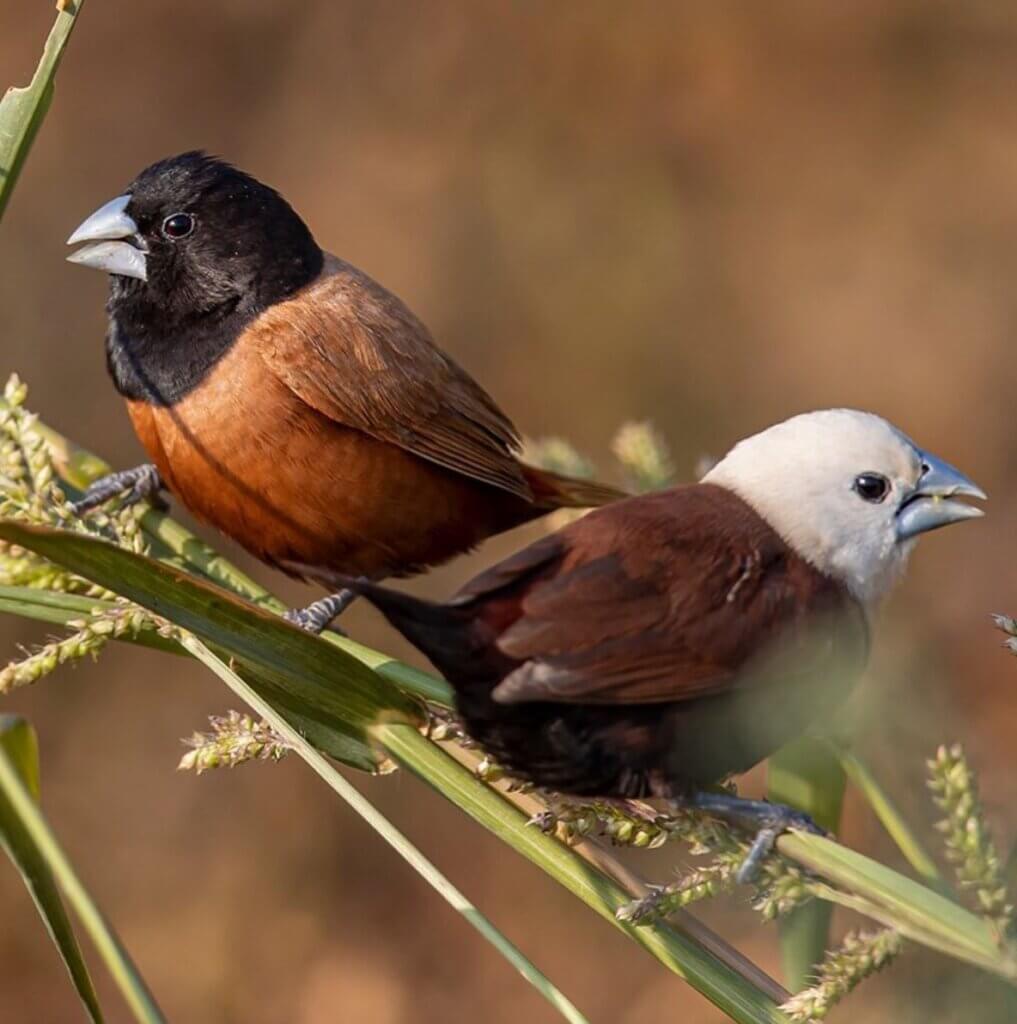 Image Credits: Instagram/matthewkwan.birding
Image Credits: Instagram/matthewkwan.birding
The breeding season of this species varies in regions. For example, in Malaysia, they breed from December to October. After finding her mate, the female builds her dome-shaped nest and lays 5 eggs inside. This nest is made from grass and placed in a suitable bush. She then incubates her eggs for 12 to 15 days and feeds young birds when they hatch. Noticeably, the male joins the female in these processes.
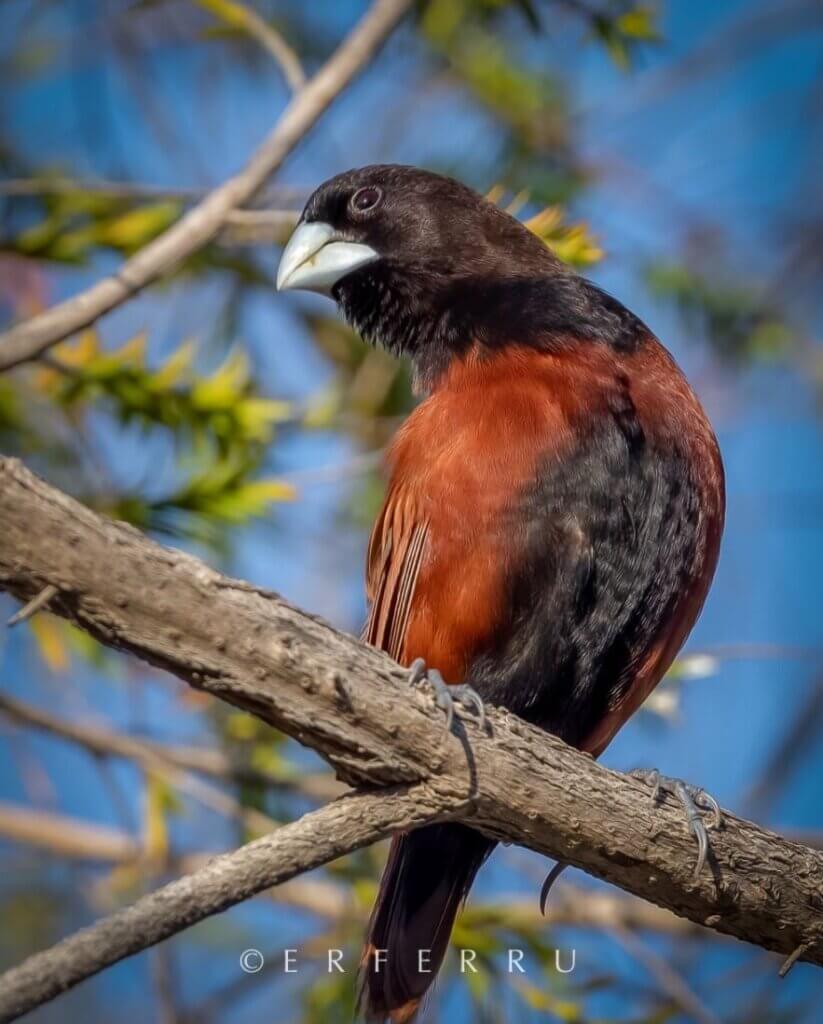 Image Credits: Instagram/erferru
Image Credits: Instagram/erferru
H/T: One Big Birdcage

